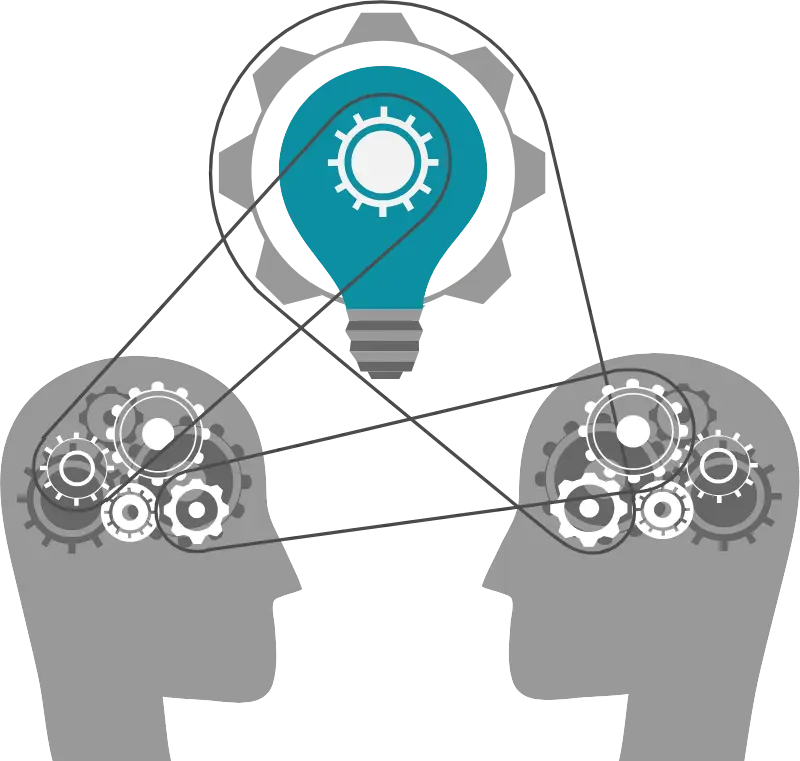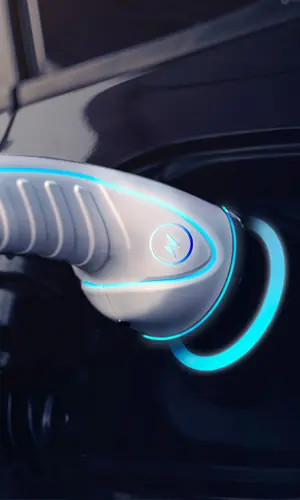Innovation Challenge Platform for Internal and External Collaboration
Innovation Challenges
In today’s fast-paced business environment, technological advancements occur at an unprecedented rate, and industries are constantly transforming. Companies must navigate this landscape to remain competitive and relevant. They need to foster a culture of innovation, invest in research and development, collaborate with external partners, and create flexible organizational structures that can adapt to change.

Key Features of an Effective Idea Challenge Platform
To successfully run innovation challenges, organizations need more than just enthusiasm—they need the right digital platform. The ideal idea challenge tool should check a few crucial boxes:
User-Friendly Interface
If it’s not straightforward and engaging, employees and collaborators simply won’t use it. Look for solutions that make submitting and sharing ideas feel effortless, even enjoyable.
Universal Accessibility
In our increasingly remote and global world, it’s vital that the platform works seamlessly from any device or location—whether your team is in Singapore, San Francisco, or somewhere in between.
End-to-End Support for Ideation
The best platforms are built around the creative process, offering features for brainstorming, developing, and refining ideas all in one place.
Transparent Communication
Open dialogue is at the core of lasting innovation. Your tool should support transparent commenting, progress tracking, and real-time feedback to ensure everyone’s voice is heard.
Agility in Launching Challenges
Finally, speed matters. Launching new idea challenges should require minimal effort—think “a few clicks” instead of jumping through hoops—so you can move quickly in response to emerging trends.
What is an Idea Challenge?
Key Success Factors for Running a Successful Idea Challenge
Engage the Right Audience
Involve individuals who are both genuinely interested in the challenge and have relevant knowledge or expertise. Tapping into a motivated and informed group drives higher participation rates and richer, more actionable ideas.
Perfect the Timing
Choose your launch window strategically. Avoid clashing with major deadlines, busy periods, or holidays that might divide your audience’s attention. Timing your challenge for a quieter moment ensures contributors bring their best energy and focus.
Create Meaningful Incentives
Motivation plays a pivotal role. While cash prizes or physical rewards might generate initial buzz, long-lasting engagement stems from intrinsic motivators—recognition, learning opportunities, or advancement. Creating room for participants to showcase their skills or build their reputations can foster deeper commitment and better-quality contributions.
Select an Effective Collaboration Platform
The platform you choose should be intuitive, enjoyable, and accessible from anywhere. Seamless functionality encourages ongoing engagement, while transparency and robust ideation tools keep the process organized. Look for features that support easy communication, constructive feedback, and effortless submission of ideas.
Prioritize Ongoing Interaction
Consistent, constructive communication is vital for maintaining momentum. Respond promptly, offer encouragement, and provide meaningful feedback throughout the process. When participants feel heard and valued, they’re more likely to stay engaged and share their most innovative thinking.
Determining the Right Audience for Your Idea Challenge
Selecting the right audience is fundamental to the success of any innovation challenge. The individuals or groups you invite will shape the quantity and quality of ideas you receive, the perspectives represented, and ultimately, the solutions surfaced for your organization.
Specialized Challenges
If your problem is highly technical or industry-specific, you may want to target a niche audience. This could be a particular department (like R&D or engineering) or even a small team with the necessary expertise.
Collaboration with Select Groups
Sometimes, the richest ideas come from blending internal knowledge with fresh, external perspectives. Consider forming focus groups with partners, suppliers, or academic researchers—anyone whose unique insights could shed new light on your challenge.
Company-Wide Engagement
For broader, open-ended themes, such as improving workplace culture or brainstorming new product lines, it often makes sense to invite everyone inside the organization. Not only does this tap into a wide pool of ideas, but it also fosters a sense of ownership and inclusivity among employees.
Customer and Consumer Input
When you’re seeking feedback on products or services, involving your customer base can be invaluable. Platforms like LEGO Ideas demonstrate how crowdsourcing from engaged consumers can spark creativity and build brand loyalty.
Open Invitations to the Public
For challenges where you want to capture the widest range of perspectives—perhaps on issues affecting society at large, like sustainability or public health—casting the net wide and opening participation to the broader public can yield unexpected, innovative results.

Are you a Subject Matter Expert?
If you are a SME looking to participate in global innovation, you have come to the right place.
Why Innovation Challenges Work

Time Savings
Collect and evaluate ideas efficiently without the overhead of managing a sprawling process.
Effectiveness
Focus ideation on what matters most, driving impactful outcomes.
Improved Communication
Make strategic priorities visible and actionable, helping employees at every level understand and contribute to organizational goals.
Tools and Templates for Streamlining Your Idea Challenge
Presentation Slide Decks
Visual slide templates make it easy to plan your challenge and share your vision with stakeholders. Use them to map out key phases, outline roles, and communicate timelines clearly across your organization.
Email Frameworks
Save time (and avoid miscommunication!) with pre-built email templates for engaging participants, announcing milestones, and providing updates. These templates help ensure everyone stays informed and motivated from kickoff to completion.
Challenge Planning Canvas
A customizable canvas provides a one-page overview of your challenge objectives, success metrics, key dates, and team responsibilities. Use it as a living roadmap through each stage of your innovation journey.
Communicating the Essentials for a Successful Challenge Launch
Clarify the Challenge Purpose
Clearly articulate what the challenge is all about. State its theme and overarching goals so your audience understands not just what you want, but the real-world problems or opportunities you’re tackling—whether it’s deploying drones for disaster response, finding sustainable packaging, or anything in-between.
Share the Reasoning
Lay out the “why” behind your challenge process. When participants understand the rationale—such as industry trends, consumer demands, or scientific gaps—they become invested in contributing meaningful solutions instead of just chasing prizes.
Define Participation Roles
Spell out the expectations, guidelines, and steps for getting involved. Whether participants are ideators, technical builders, or reviewers, they need a roadmap for their responsibilities so they know exactly how to make an impact.
Highlight Motivations and Rewards
Finally, explain why it’s worth their while to engage. Connect the challenge to personal and professional growth, mission-driven impact, or tangible rewards—like networking, recognition, financial incentives, or contributing to innovations that can change lives.

PFAS-Free Packaging
PFAS, or per- and polyfluoroalkyl substances, are synthetic chemicals used in a wide range of products for their water- and grease-resistant properties. These chemicals have been used for decades in various consumer and industrial applications, including food and beverage packaging.
Concerns have been raised about the potential health and environmental effects of PFAS. Some studies have linked exposure to certain PFAS compounds to health issues such as cancer, developmental problems, and immune system dysfunction. PFAS are also known as “forever chemicals” because they do not break down easily in the environment and can accumulate over time.
Do you have a viable solution to this CPG challenge? Click submit idea and get the chance to work with the top CPG companies in the world.

Fast Charging Anode
The development of these technologies is driven by the desire to increase the energy density of batteries, reduce charging times, extend battery lifespans, and enhance overall EV performance.

Engine Health Monitoring System (EHMS)
Challenge as a Service
Accelerate your Innovation Goals

